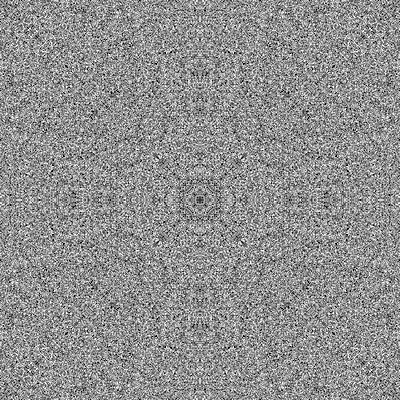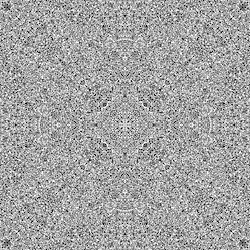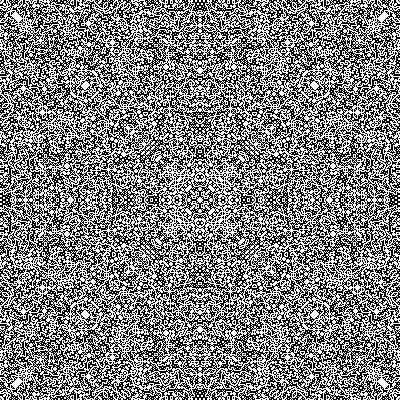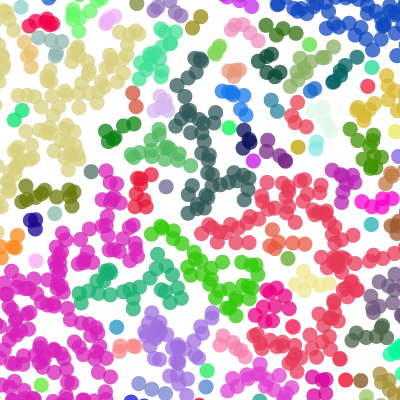I gave a Farb student seminar talk on a lovely paper,
Davis, Michael W.. Groups generated by reflections and aspherical manifolds not covered by Euclidean space. Ann. of Math. (2) 1983. 293–324. MR.
I also used some of the material in
Davis, Michael W.. Exotic aspherical manifolds. 2002. 371–404. MR.
which summarizes other the many applications of the “reflection group trick,” and works through some examples with cubical complexes.
The main result is
Theorem.
Suppose $B\pi = K(\pi,1)$ is a finite complex. Then there is a closed aspherical manifold $M^n$ and a retraction $\pi_1(M) \to \pi$.
This manifold $M$ can be explictly constructed by gluing together copies of the regular neighorhood of $B\pi$ embedded in some Euclidean space. The application of this theorem is to “promote” a finite complex to a closed aspherical manifold. For instance, we have a finite complex with non-residually-finite fundamental group: define the group $\pi = \langle a, b : a b^2 a^{-1} = b^3 \rangle$, which is not residually finite, and observe that the presentation 2-complex is aspherical, so we have a finite $B\pi$. Then using the theorem to “promote” this to a closed aspherical manifold, we get a manifold $M^n$ with fundamental group retracting onto $\pi$. But a group retracting onto a non-residually-finite group is also non-residually finite, so we have found a closed aspherical manifold $M^n$ with non-residually-finite fundamental group.
Just to whet your appetite, let me introduce a few of the main players, so as to give a sense of how to glue together copies of the regular neighborhood of $B\pi$.
Let $L$ be a simplicial complex, and $V = L^{(0)}$, the vertices of $L$.
From $L$ we construct two things: some complexes to glue together, and some groups with which to do the gluing. First, we construct the groups. Define $J$ to be the group $(\Z/2\Z)^V$, i.e., the abelian group generated by $v \in V$ with $v^2 = 1$. Next define $W_L$ to be the right-angled Coxeter group having $L^{(1)}$ as its Coxeter diagram; specifically, $W_L$ is the group with generators $v \in V$ and relations $v^2 = 1$ for $v \in V$ and also the relations $v_i v_j = v_j v_i$ if the edge $(v_i,v_j)$ is in $L$. Note that $J$ is the abelianization of $W_L$.
Next we will build the complexes to be glued together with the above groups. Let $K$ be the cone on the barycentric subdivision of $L$, and define closed subspaces ${ K_v }_{v \in V}$ by setting $K_v$ to be the closed star of the vertex $v$ in the subdivision of $L$. Note that $K_v$ are subcomplexes of the boundary of $K$, and that a picture would be worth a thousand words right now.
Having the complexes and the groups, we will glue together copies of $K$ along the $K_v$’s, thinking of the latter as the mirrors. Specifically, define $P_L = (J \times K)/\sim$ with $(g,x) \sim (h,y)$ provided that $x = y$ and $g^{-1} h \in J_{\sigma(x)}$, where $\sigma(x) = { v \in V : x \in K_v }$, and $J_{\sigma(x)}$ is the subgroup of $J$ generated by $\sigma(x)$. That is a mouthful, but it really is just carefully taking a copy $K$ for each group element of $J$ and gluing along the $K_v$’s in the appropriate manner. The resulting compplex $P_L$ has a $J$ action with fundamental domain $K$. Similarly, we use $W_L$ to define a complex $\Sigma_L = (W_L \times K)/\sim$.
The topology of $\Sigma_L$ is related to the complex $L$ that we started with. For example, if $L$ is the triangulation of $S^{n-1}$, then $\Sigma_L$ is a manifold. Similarly, if $L$ is a flag complex, then $\Sigma_L$ is contractible.
The idea, now, is to take some finite complex $B\pi$, embed it in $\R^N$, and take a regular neighborhood; the result is a manifold $X$ with boundary $\partial X$, and with $\pi_1 X = \pi$. Triangulate $\partial X$ as a flag complex, and call the resulting complex $L$. Instead of gluing together copies of $K$, glue together copies of $X$ along the subdivision of $L$ to get $P_L(X) = (J \times X)/\sim$ and $\Sigma_L(X) = (W_L \times X)/\sim$. With some work, we check that $\Sigma_L(X)$ is contractible because $L$ is flag, and that the contractible space $\Sigma_L(X)$ covers the closed manifold $P_L(X)$, which is therefore aspherical. Since $P_L(X) \to X \to P_L(X)$ is a retraction of spaces, we have found our desired aspherical manifold $M = P_L(X)$ with a retraction of fundamental groups.






